
6 minutes read
Laravel migrations: a simplified and step by step guide
Table of contents
What are migrations in Laravel
In Laravel, migrations are a way to manage and apply changes to your database schema. See them like a phpMyAdmin, but with code instead of a user interface. Migrations also allow you to keep all your team members and environments in sync.
In theory, you could start working on a new project, clone it onto your machine, and run php artisan migrate to generate a fresh and up to date database. Why? Because since migrations are based on code, they also are versioned just like the rest of the project.
Interesting, right? Let’s learn more about migrations!
Laravel’s make:migration command
Basic usage
Creating a migration can be done thanks to Artisan with the command below:
php artisan make:migration CreatePostsTable
- Write the migration’s name in PascalCase.
- Begin with the “Create” prefix.
- Continue with the desired table’s name.
- End with the “Table” suffix.
- Artisan will create a new file and convert its name to snake_case (making the name more readable).
- A timestamp will be added as a prefix.
INFO Created migration [2022_09_12_142156_create_posts_table].
A migration looks like this:
use Illuminate\Support\Facades\Schema; use Illuminate\Database\Schema\Blueprint; use Illuminate\Database\Migrations\Migration; return new class extends Migration { public function up() { Schema::create('posts', function (Blueprint $table) { $table->id(); // These are the columns you want to add to your table. $table->string('title'); $table->text('content'); // These are the "created_at" and "updated_at" columns. $table->timestamps(); }); } public function down() { Schema::dropIfExists('posts'); } };
But there’s more. Did you know you can pass multiple parameters?
php artisan make: migration Options: --create[=CREATE] The table to be created --table[=TABLE] The table to migrate --path[=PATH] The location where the migration file should be created --realpath Indicate any provided migration file paths are pre-resolved absolute paths --fullpath Output the full path of the migration
Let’s see how to use them and why.
Create a migration with the –create option
The --create option tells Artisan to use something other than the table name it inferred from the migration’s name. For instance, it could be helpful if you use another language from tables’ names.
php artisan make:migration CreatePostsTable --create=billets
Create a migration with the –table option
The --table option tells Artisan we don’t need to create a new table but rather update an existing one. If you don’t follow Laravel’s conventions for naming your migrations, this is the option you need.
php artisan make:migration Whatever --table=posts
Create a migration with its model
What I love about Artisan is the possibility of effortlessly creating a model with its migration. For that, we need to use another command, though.
php artisan make:model Post --migration
You can even use the shorthand option for the migration:
php artisan make:model Post -m
And if you look at the help, you will appreciate what Artisan can do for you even more.
php artisan make:model -h Description: Create a new Eloquent model class Usage: make:model [options] [--] <name> Arguments: name The name of the class Options: -a, --all Generate a migration, seeder, factory, policy, resource controller, and form request classes for the model -c, --controller Create a new controller for the model -f, --factory Create a new factory for the model --force Create the class even if the model already exists -m, --migration Create a new migration file for the model --morph-pivot Indicates if the generated model should be a custom polymorphic intermediate table model --policy Create a new policy for the model -s, --seed Create a new seeder for the model -p, --pivot Indicates if the generated model should be a custom intermediate table model -r, --resource Indicates if the generated controller should be a resource controller --api Indicates if the generated controller should be an API resource controller -R, --requests Create new form request classes and use them in the resource controller --test Generate an accompanying PHPUnit test for the model --pest Generate an accompanying Pest test for the model
Use the migrate command to run your newest migrations
To migrate your database, use the php artisan migrate command.
INFO Running migrations. 2014_10_12_000000_create_users_table ................................................................................................ 4ms DONE 2014_10_12_100000_create_password_resets_table ...................................................................................... 1ms DONE 2018_01_01_000000_create_action_events_table ........................................................................................ 7ms DONE 2019_05_10_000000_add_fields_to_action_events_table ................................................................................. 1ms DONE 2019_08_19_000000_create_failed_jobs_table .......................................................................................... 1ms DONE
Wipe out your database using migrate:fresh
The php artisan migrate:fresh command will wipe out your database before migrating.
Dropping all tables ................................................................................................................. 7ms DONE INFO Preparing database. Creating migration table ............................................................................................................ 3ms DONE INFO Running migrations. 2014_10_12_000000_create_users_table ................................................................................................ 2ms DONE 2014_10_12_100000_create_password_resets_table ...................................................................................... 1ms DONE 2018_01_01_000000_create_action_events_table ........................................................................................ 6ms DONE 2019_05_10_000000_add_fields_to_action_events_table ................................................................................. 1ms DONE 2019_08_19_000000_create_failed_jobs_table .......................................................................................... 1ms DONE
This command won’t work in production to prevent disasters. 😬
Roll back migrations when something goes wrong
Roll back any change using the php artisan migrate:rollback command. As you can see below, migrations are rolled back in the inverse order.
INFO Rolling back migrations. 2019_08_19_000000_create_failed_jobs_table .......................................................................................... 1ms DONE 2019_05_10_000000_add_fields_to_action_events_table ................................................................................. 8ms DONE 2018_01_01_000000_create_action_events_table ........................................................................................ 1ms DONE 2014_10_12_100000_create_password_resets_table ...................................................................................... 1ms DONE 2014_10_12_000000_create_users_table ................................................................................................ 1ms DONE
So make sure to use the down() method correctly.
The down() method must do the opposite of the up() method.
use Illuminate\Support\Facades\Schema; use Illuminate\Database\Schema\Blueprint; use Illuminate\Database\Migrations\Migration; return new class extends Migration { public function up() { Schema::table('posts', function (Blueprint $table) { // The column was a boolean, but we want to switch to a datetime. $table->datetime('is_published')->nullable()->change(); }); } public function down() { Schema::table('posts', function (Blueprint $table) { // When rolling back, we have to restore the column to its previous state. $table->boolean('is_published')->default(false)->change(); }); } }
Conclusion
You now have all the skills to keep leveling up with migrations. Why don’t you learn in the official documentation about all the available methods from the Blueprint class?
Did you like this article? Then, keep learning:
- Explore how to fix common Laravel errors that can occur during migrations and updates
- Master clearing caches to avoid common Laravel migration and update issues
- Learn to handle database changes safely with Laravel's rollback and migration commands
- Learn how to generate Laravel factories using AI to speed database testing post migrations
- Deepen understanding of Laravel versioning and upgrades for smooth development
- Explore best practices and tips to refine your Laravel migration skills
- Understand effective data filtering for optimizing Laravel queries post migration
- Discover how to secure Laravel REST APIs, useful when managing data migrations
- Learn about Laravel's soft deletes, complementing migration data retention strategies
- Understand Laravel's command line tool Artisan to enhance your workflow with migrations
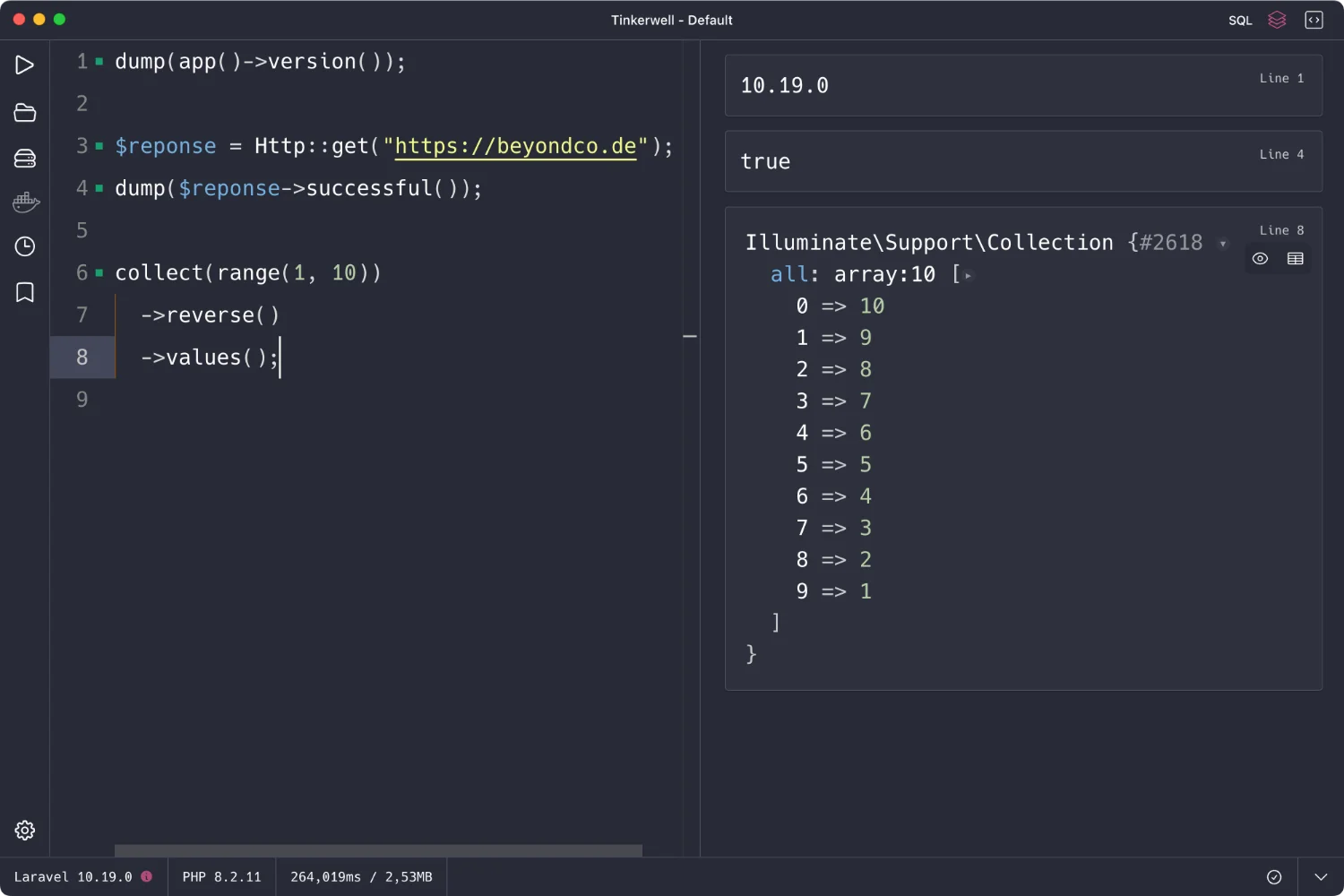
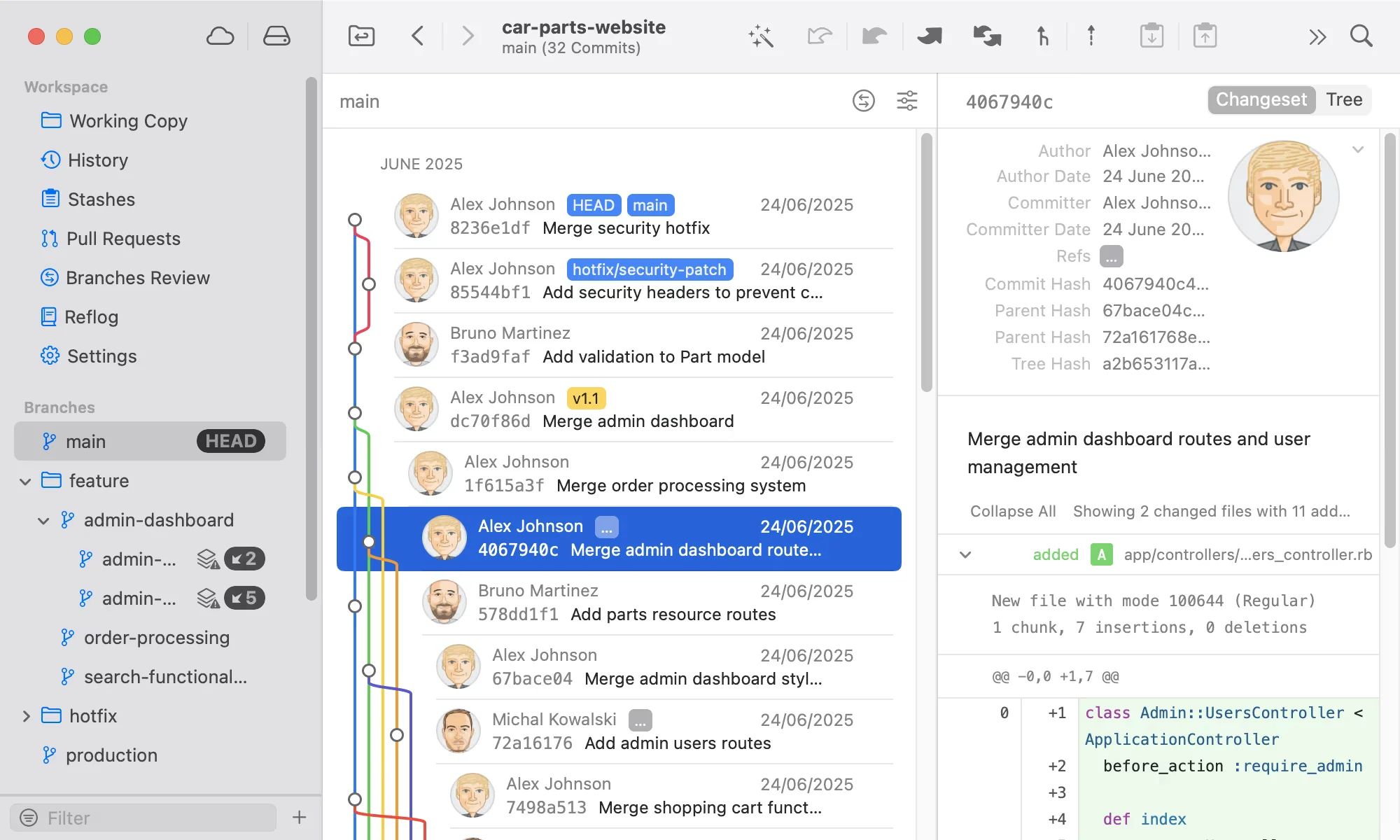
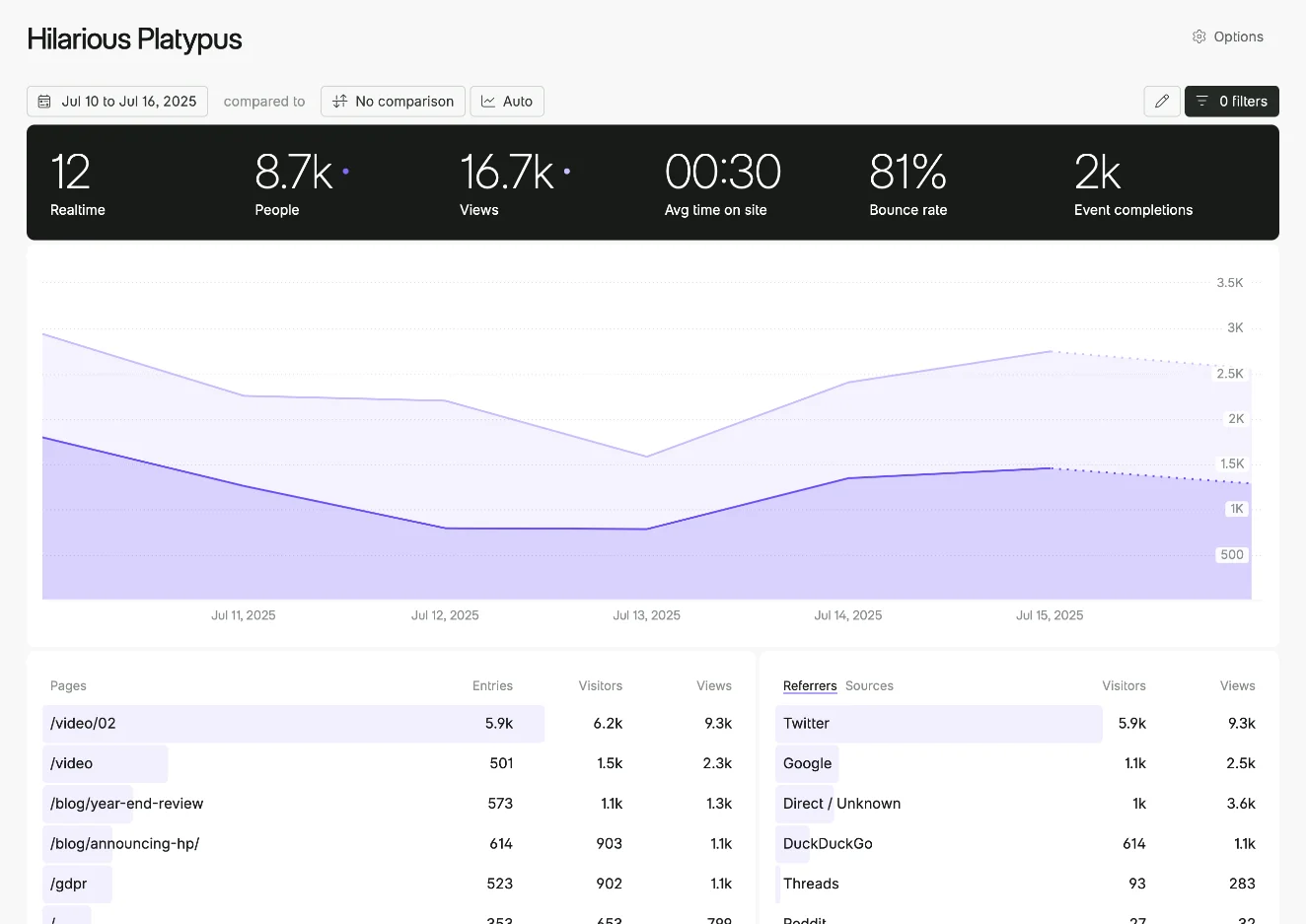
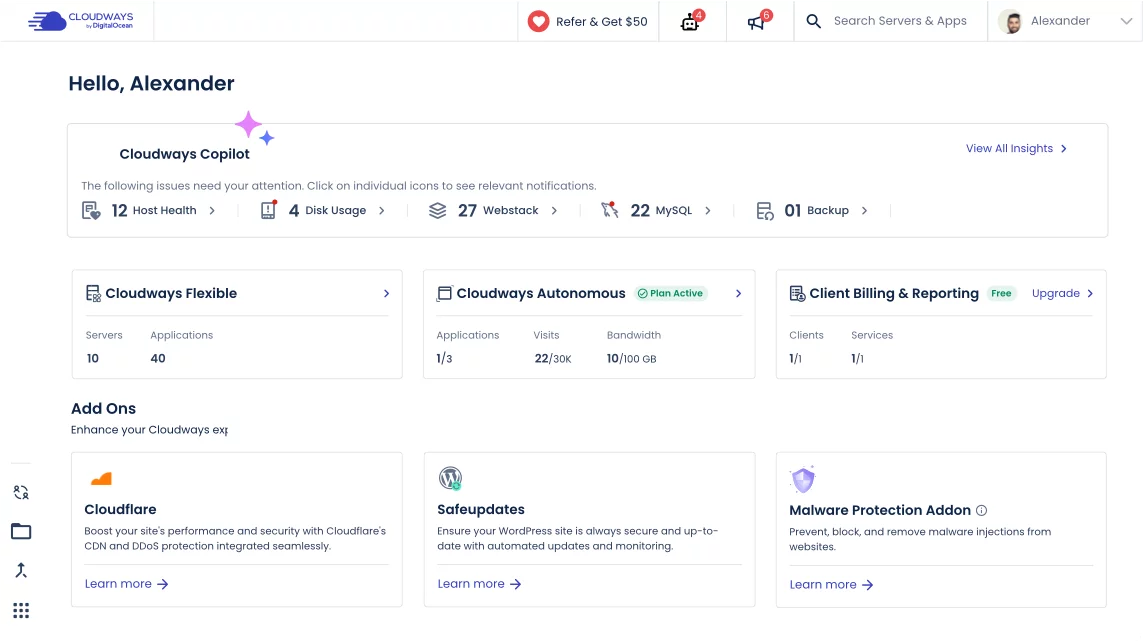


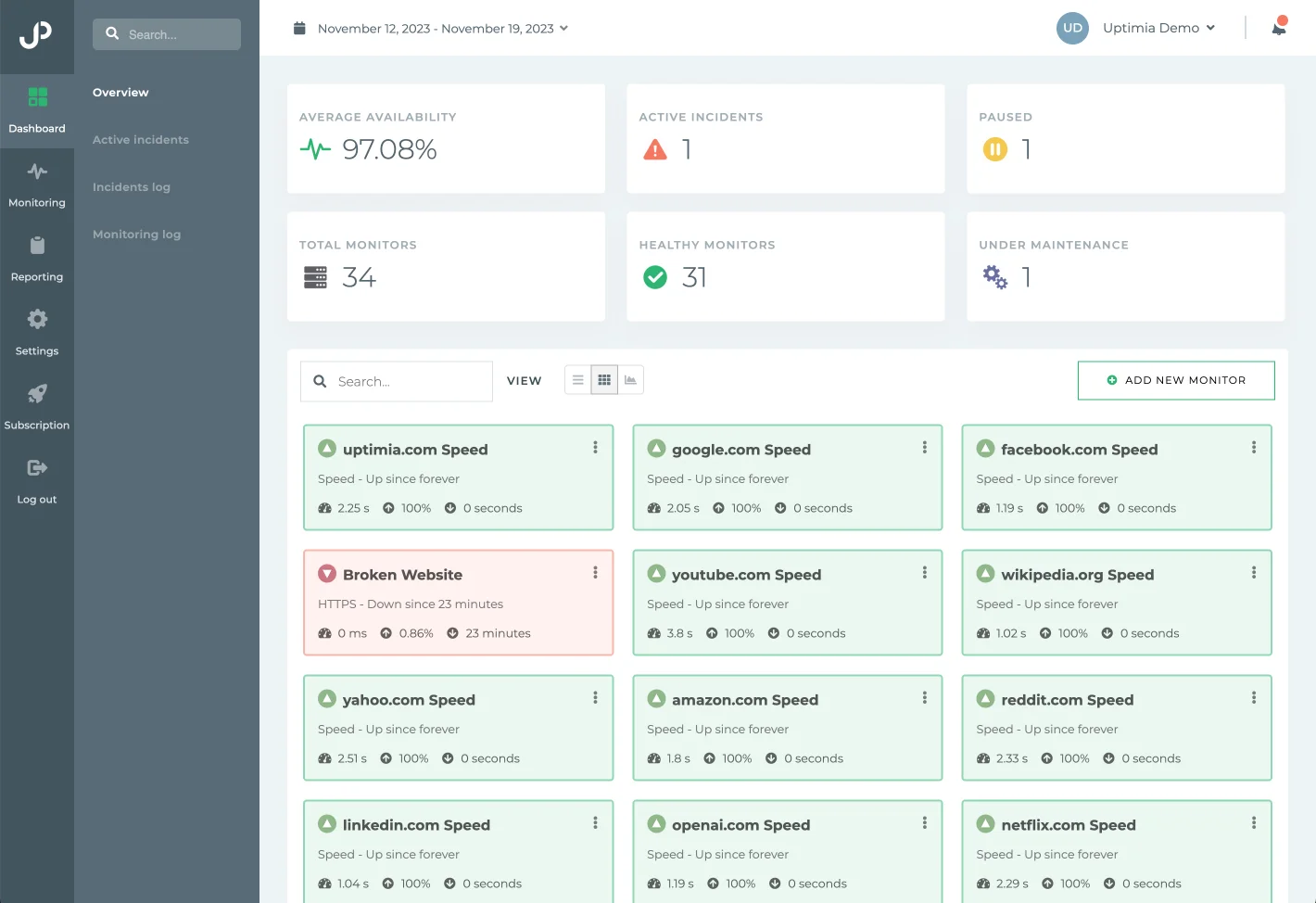

0 comments